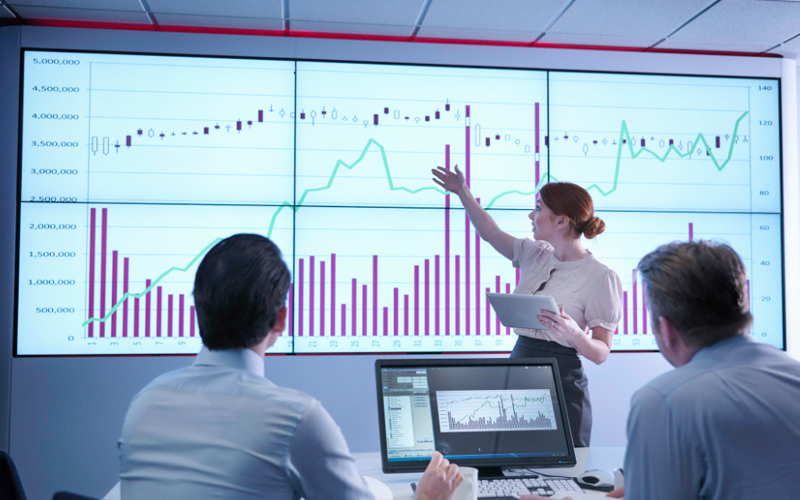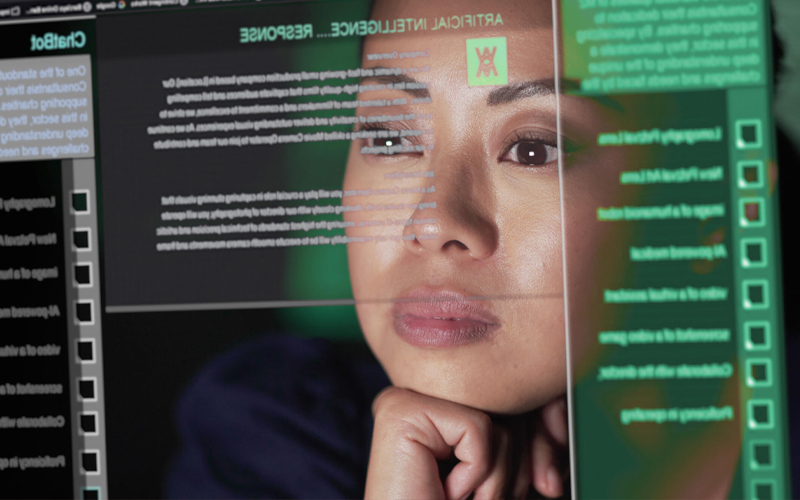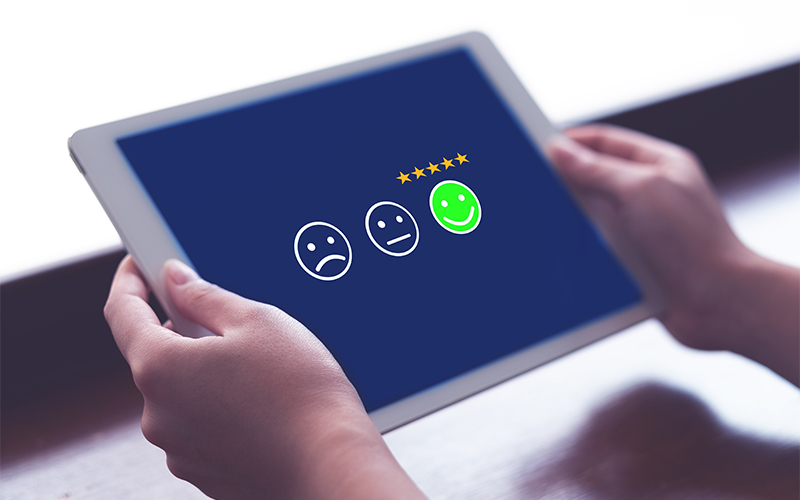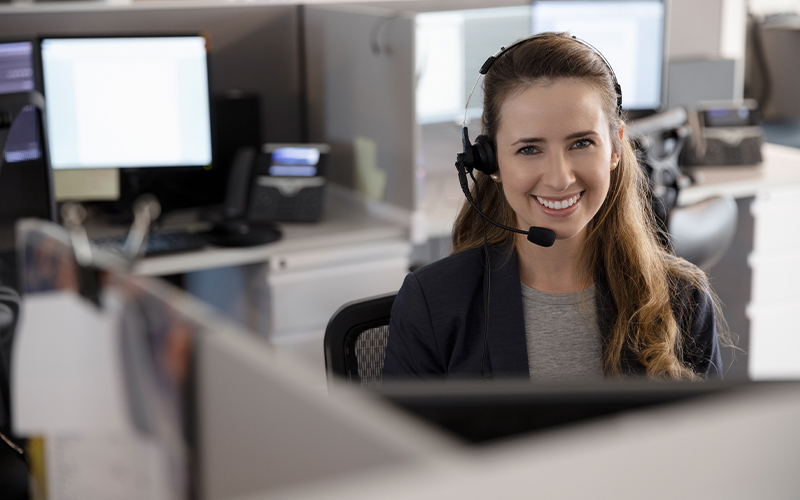With the advent of AI (Artificial Intelligence) and ML (Machine Learning), the fashion industry's future looks shinier than ever. From voice-activated fittings to the automatic shopping experience, the fashion sector is revolutionizing how people interact with fashion. Virtual fashion shows are familiar to the patrons of the fashion world. Virtual models such as Noonoouri and Lil Miguela have been popular in fashion for many years.
They have a wide presence on the Instagram accounts of Prada and Dior. All thanks to various digital technologies of ML and AI! Social media channels have helped to increase engagement and awareness about these virtual fashion shows. The gorgeous collections can be accessed from anywhere, thanks to AI and ML!
The Importance of Virtual Fashion Shows
Virtual fashion shows allow fashion designers to host interactive and immersive runways. Designers create virtual runways in place of physical ones with outstanding digital environments and get to showcase their stunning collections to a much wider audience worldwide. They can avoid facing the limitations and complications of logistics and physical space. Virtual fashion shows offer experimentation and creativity opportunities, pushing the boundaries of the designers by blending technology, art, and fashion.
AI and ML in Virtual Fashion Shows
The fashion industry is leveraging digital landscapes to redefine fashion experiences, exploring creative possibilities and reaching wider audiences. It is an exciting space where technology and fashion provide the best way for giant fashion brands to engage directly with customers and shape their future. AI and MI offer real-time interactivity to users to interact with digital elements and provide immediate feedback. Such technology also allows customers to buy directly from the virtual shows.
This engagement offers valuable insights and user participation to fashion brands related to consumer trends and preferences. In other words, ML and AI are removing barriers like ticket prices, geographical locations, and restricted seating capacity by increasing accessibility. Through AI, people can also try on the garments on their digital avatars and check out how they will look before making a final buying decision.
The fashion industry is leveraging digital landscapes to redefine fashion experiences, exploring creative possibilities and reaching wider audiences
Creating 3D Models
It is now possible to create virtual 3D models with different types of body sizes, types, skin tones, and hair types using ML and AI. These models are usually closest to the client's preferences. With Machine Learning, any fashion company can create attire and style and dress their 3D models within 2 to 3 days. It is nearly 210% quicker than doing a physical fashion show and saves more than 70% of the production cost. AI and ML engineering combined with deep learning and image recognition provides various fashion brands with a diversified library of 3D human models. It helped the brands to increase their sales by 15% and delivers a better virtual fitting experience to the clients.
Personalizing Virtual Shows
3D digital models facilitate a virtual try-on experience to help the users to check out different accessories and clothes. By leveraging AI and ML technologies, clients can visualise how they will look with the help of their similar-looking avatars in a virtual show. This interactive and personalised experience allows clients to enhance the shopping experience and make informed decisions before buying.
Predicting Fashion Trends
AI and ML provide us with the best idea of emerging fashion trends and the type of dress perfect for specific regions. It allows the companies to compete with one another, who are always ahead in the trend cycle. More fashion brands are pushing themselves to establish a strong online presence with the help of ML and AI deployment by customising the user experience.
AI and ML technologies can identify region- and neighbourhood-specific emerging trends. The companies can apply these findings in a ranking model and design more fitting and in-style clothing, keeping in mind user specifics. This benefits both the buyer and the seller.
Optimising Virtual Shows
With the latest AI and ML technologies and precise customer data, fashion brands are equipped to understand the customer demands related to apparel designs. Many renowned brands like Louis Vuitton are implementing AI-centric technologies to determine the customer's style preferences. These acutting-edge technologies have helped the fashion industries to predict style trends with virtual shows and digital apparel, delivering an optimised customer experience.
Measuring Success
Deploying chatbots is one of the most significant use cases of AI and ML in the fashion industry. Through AI, companies can gather valuable information about their customers' purchasing habits and style preferences. In addition, many companies are also using ML algorithms to analyse client data and improve shopping experiences and supply chain management. These technologies also have a major role in decreasing inventory costs and textile wastage.
The fashion sector is witnessing a swift change with the adoption of AI and ML technologies. Innovation in virtual fashion shows has enhanced the sector’s stocking and manufacturing processes and improved customers’ shopping experiences. With AI and ML, fashion companies can easily predict future trends and customer preferences and develop various materials. These technologies help fashion brands reduce costs, optimise inventory, and boost customer experience.
This article was first published on Silicon India








